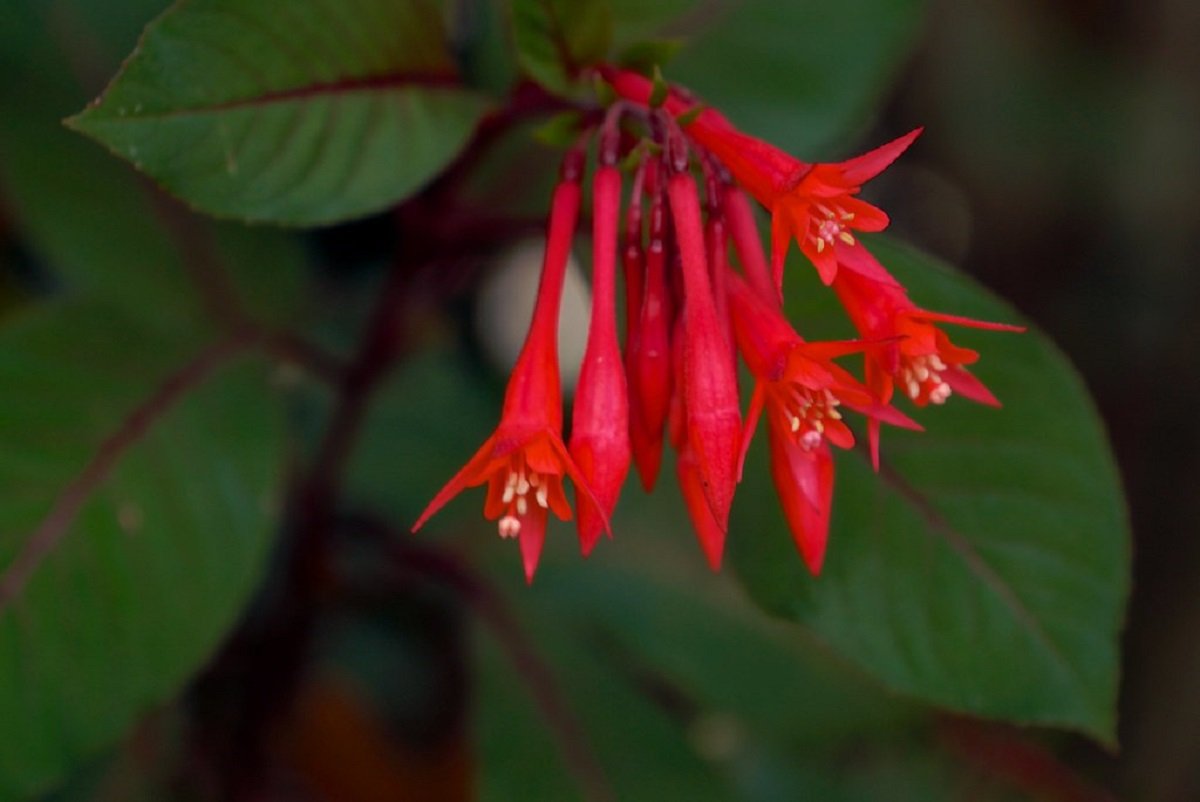The firecracker plant – Russelia Equisetiformis is a perennial plant kind frequently used as an ornamental shrub.
It’s from the Plantaginaceae own family along with Lophospermum flowers and hails from Mexico. While This firecracker plant is a weeping subshrub inside the fashion of the Weeping Willow, its lengthy stems arch and hold with scale-like leaves just like the limbs of a Weeping Willow tree.
Other commonplace names include:
- Hummingbird Plant
- Firecracker Fern
- Coral Fountain
- Coral Plant
- Coralblow
- Fountain Plant
- Fountainbush
Follow us for more plants & flowers care on Flowerworld.in, Facebook , Instagram
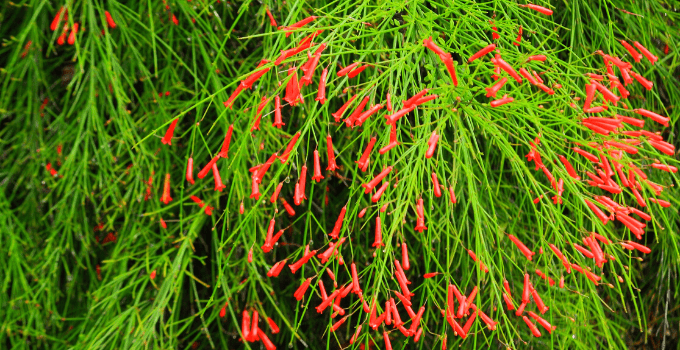
Firecracker Plant Care
To care for a firecracker plant vicinity it within the properly-draining potting soil of your preference. It flourishes in bright to full sun and temperatures among sixty five to 75 degrees Fahrenheit (18 and 24 ranges Celsius). Water as soon as a week. Humidity among 30-40% is enough. Fertilize each two weeks using a liquid fertilizer in Spring and Summer. The universal renovation for a Firecracker plant isn’t all that challenging if you recognize approximately the primary necessities. These individuals had been stored outside in planters, but that could be a bit tedious, as they should be added in all through the iciness months.
Keeping them as an indoor plant can help you to care firecracker plant. So, without in addition ado, here are the approaches in which to hold your Firecracker plant popping.
How to Grow Firecracker Palnt
Grow your firecracker plant with these tips. Firecracker vegetation tolerate a ramification of soils so long as they are nicely-draining.
Soil
You ought to have whatever from sandy, chalky, loamy, maybe even clay and they’d keep to thrive.
Even their pH degree can variety, though they do tend to opt for among alkaline and acidic. Some proprietors have counseled that those plant life be covered with a skinny layer of organic material together with peat hummus. It can truely be added to the pinnacle layer of soil. Another element to don’t forget is if the soil is able to drain properly. This will avoid problems later down the street.
Light
Place your Firecracker plant into a niche that receives bright mild to complete solar. South-going through windows have a tendency to get extra solar exposure than west or east-facing ones.The simplest disadvantage could be that Firecracker plant life don’t tend to bloom as regularly without that brought little bit of sunshine.
Water a Firecracker plant once per week.
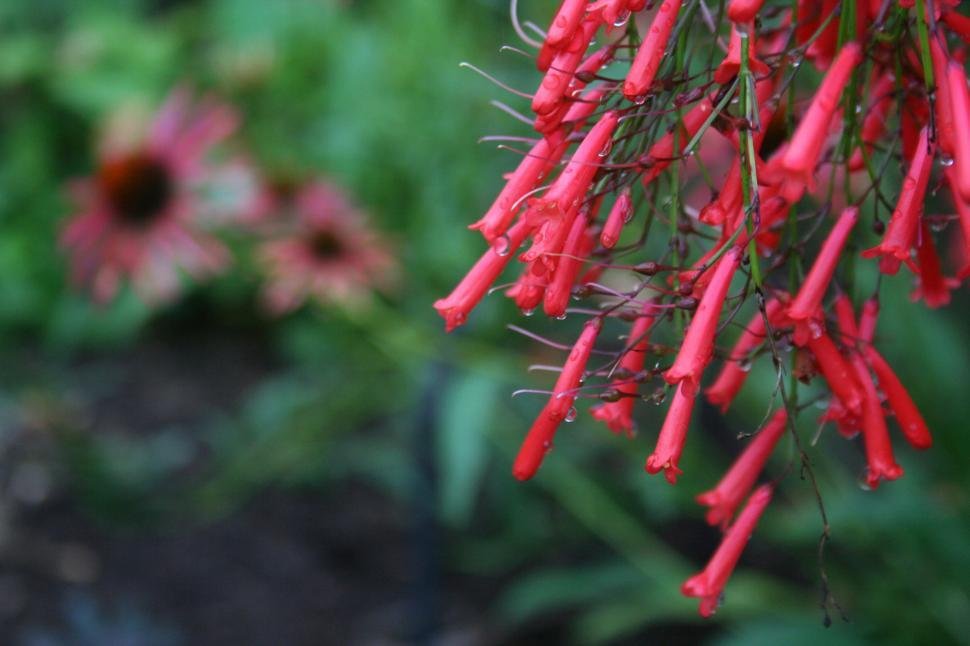
Water
Giving your Firecracker plant the right amount of water is fundamental to having a glad, colourful person. Although drought resistant upon adulthood, those evergreens might choose to be given common watering periods. In reality, it’s miles extremely crucial to keep up a recurring routine for more youthful vegetation, as they need to be kept moist to be able to live.
Tempreature
The perfect temperature for a Firecracker plant is among sixty five and 75 ranges Fahrenheit (18 and 24 stages Celsius).As some distance as temperature is going, these flowers generally tend to revel in a room that remains fantastically heat.Remember us announcing that those flora are drought-resistant. Well, that facilitates within the humidity class.A humidity stage of 30-40% is fine for the Firecracker plant.
How to Fertilize Firecracker
Fertilize a Firecracker plant every two weeks in spring and summer season using a liquid fertilizer. The use of fertilizer is prime whilst you want to have the ones vibrant vegetation. Sure, they aren’t huge, however there are plenty of them. By including fertilizer, you will give your plant the essential vitamins to provide these blooms. Compared to different houseplants, you may upload quite a piece of fertilizer. Most propose that you deliver them meals every other week at some point of the suitable seasons, spring and summer time.
Growth Of Firecracker
There are a few approaches that you can cross approximately propagating your Firecracker Fern plant.The majority of them are notably honest. More common strategies include division, stem reducing, and layering. Another method is to gather the seeds for future planting. This type of propagation calls for that you keep the plant at a sure temperature and humidity.
These plant life are fairly brief in terms in their growth price. They generally tend to attain an normal top of 3 toes. For width, they’ll unfold out to about 5 feet in width. Their stems tend to develop outwards with an arching pattern. Interestingly sufficient, these stems start off rigid after which end up lopsided over time.
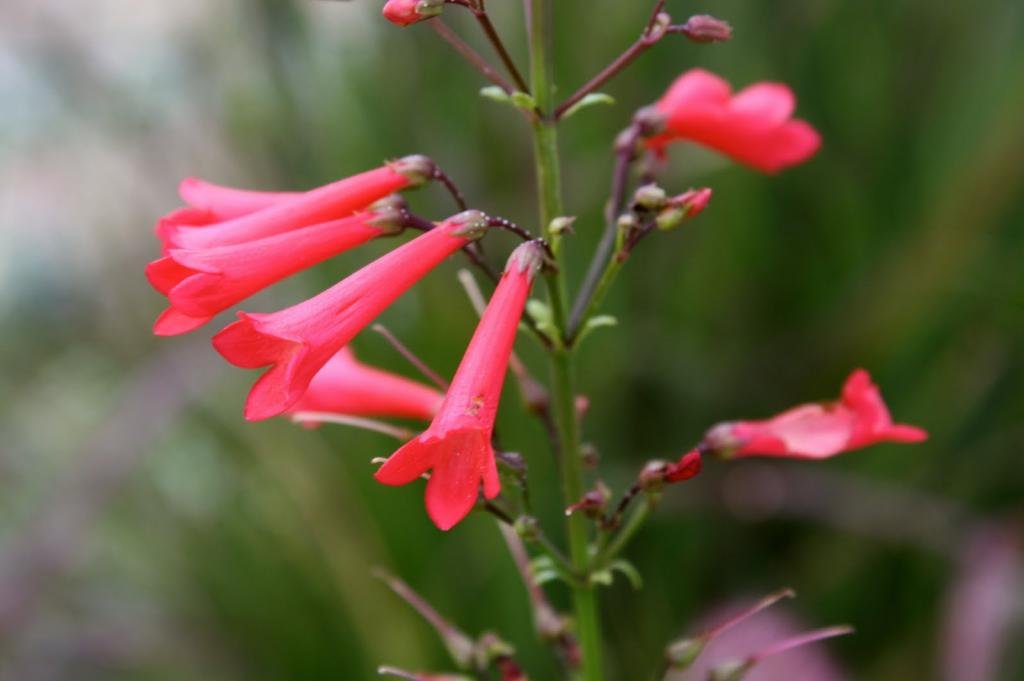
Potting Of Firecracker
It’s a for the reason that most plant life with a quite quick boom price will want to be transferred to some other field or pot now and again. The roots of a Firecracker plant want with the intention to unfold out whilst the plant is growing.This can’t occur unless they’re given the ideal sized container. When you cross about moving it, be aware of the root ball. It is important that you don’t damage this a part of the plant. Repotting itself should be completed at the start of the yr with a fresh supply of wealthy soil watching for it inside the new pot.
Flowering & Fragrance Of Firecracker
Firecracker Plant’s firecracker-formed red tubular flora come in sun shades of white, scarlet, orange and coral. Its beautiful flower color and growth pattern seems explosive. They’re attractive to pollinators of all kinds, however they are in particular inviting to hummingbirds. The individual red tubular vegetation are about 1″ inch lengthy and grow densely over the entire plant. The vegetation grow so thickly you regularly cannot see the sparse, asparagus-like foliage. Its bloom time is from overdue spring for the duration of the summer and into the fall in tropical and semi-tropical climates.
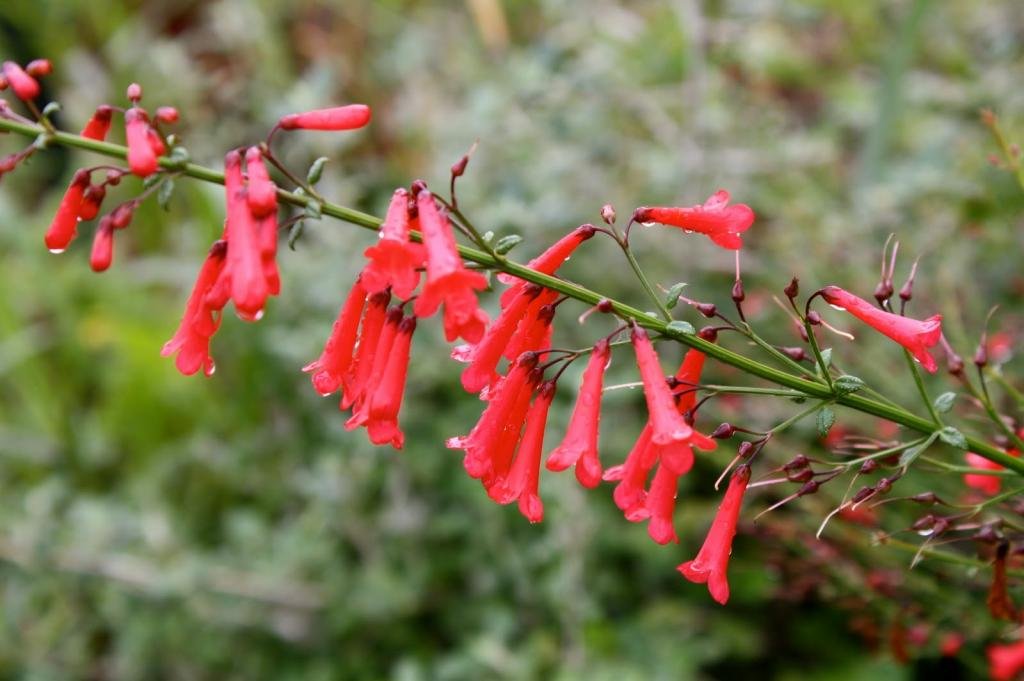
Common Problems of Firecracker
Firecracker Plants revel in no critical sickness or insect issues as long because it’s no longer overwatered and gets the right amount of daylight.
If it’s no longer given the proper surroundings, it is able to be difficulty to root rot, assaults from mites, caterpillars, and nematodes.

